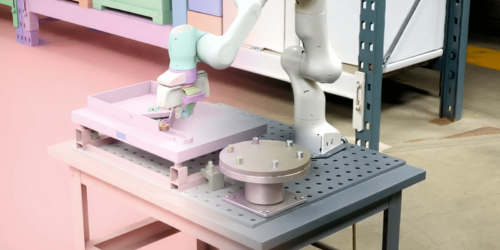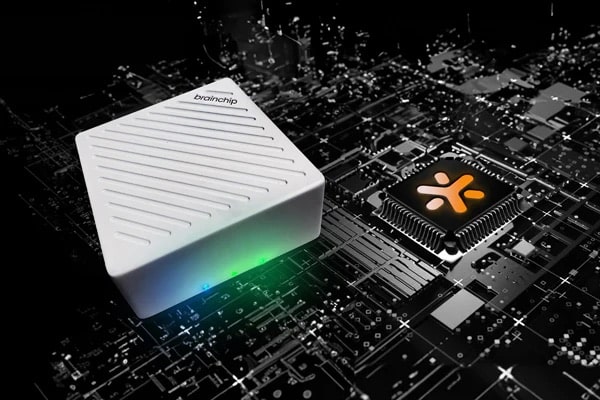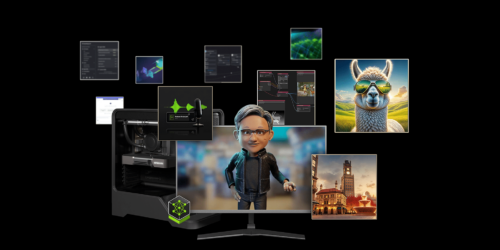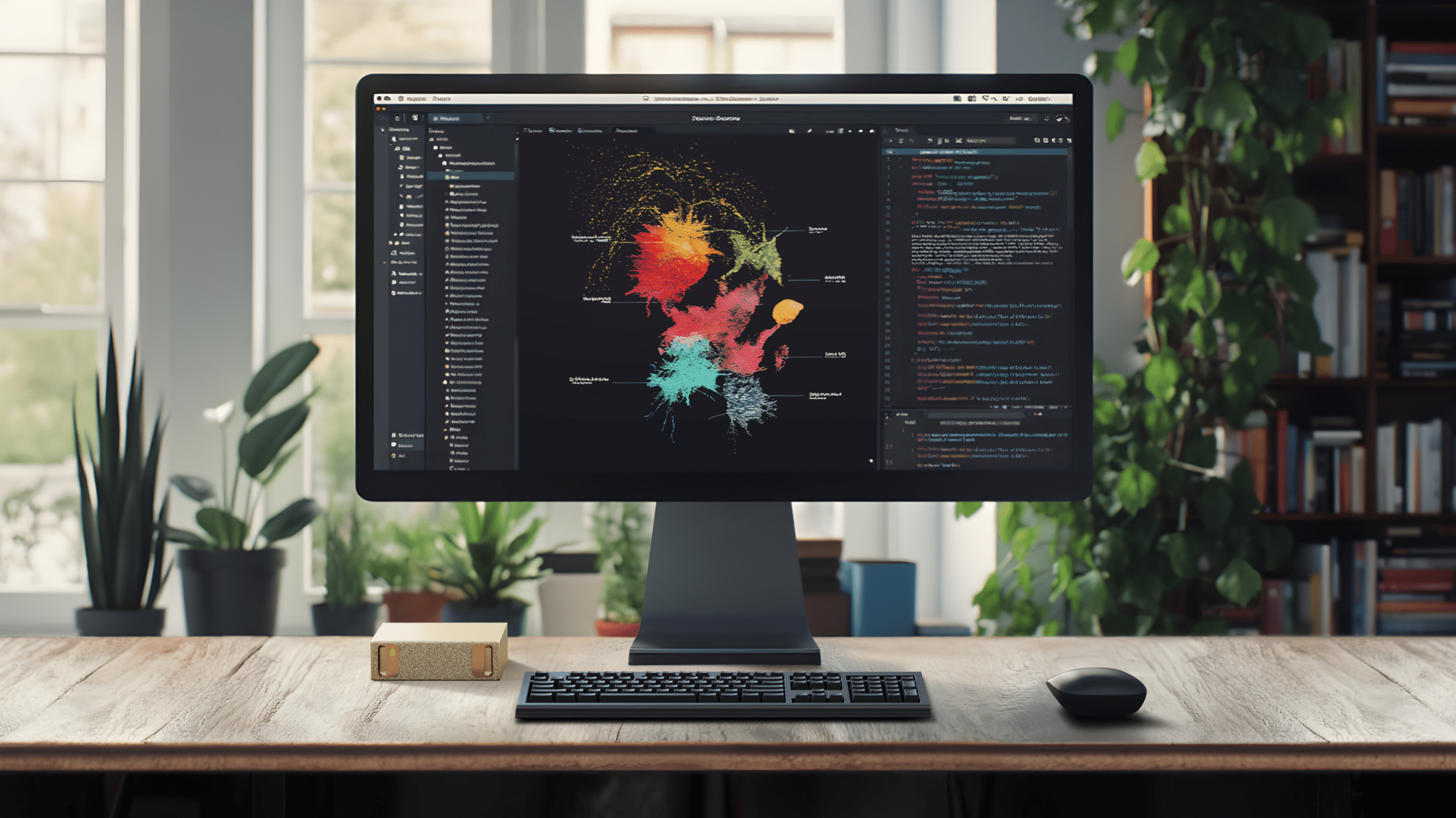NVIDIA DRIVE Hyperion Platform Achieves Critical Automotive Safety and Cybersecurity Milestones for AV Development
Adopted and Backed by Automotive Manufacturers and Safety Authorities, Latest Iteration to Feature DRIVE Thor on NVIDIA Blackwell Running NVIDIA DriveOS January 6, 2025 — CES — NVIDIA today announced that its autonomous vehicle (AV) platform, NVIDIA DRIVE AGX™ Hyperion, has passed industry-safety assessments by TÜV SÜD and TÜV Rheinland — two of the industry’s […]











